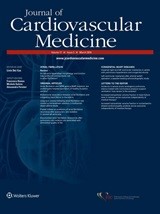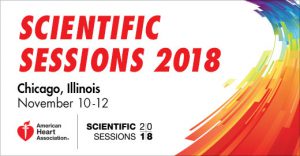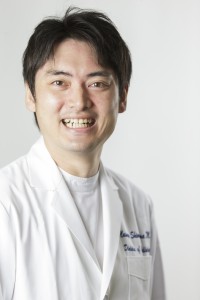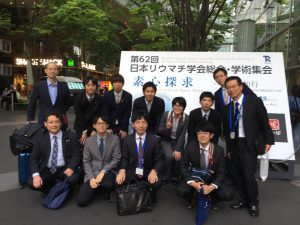冠動脈インターベンション後の抗血小板療法は出血合併症の懸念からできるだけ期間を短縮することが望まれます。今回の国際研究ではその期間、合併症などの国際調査となっています。当科からは川尻剛照准教授、坂田憲治講師、中橋卓也助教が名を連ねています。
 D’Ascenzo F1, Abu-Assi E, Raposeiras-Roubín S, Simao Henriques JP, Saucedo J, González-Juanatey JR, Wilton SB, Kikkert WJ, Nuñez-Gil I, Ariza-Sole A, Song X, Alexopoulos D, Liebetrau C, Kawaji T, Moretti C, Huczek Z, Nie SP, Fujii T, Correia LC, Kawashiri MA, García-Acuña JM, Southern D, Alfonso E, Terol B, Garay A, Zhang D, Chen Y, Xanthopoulou I, Osman N, Möllmann H, Shiomi H, Giordana F, Scarano S, Gaita F, Kowara M, Filipiak KJ, Wang X, Yan Y, Fan JY, Ikari Y, Nakahayshi T, Sakata K, Yamagishi M, Kalpak O, Kedev S.
D’Ascenzo F1, Abu-Assi E, Raposeiras-Roubín S, Simao Henriques JP, Saucedo J, González-Juanatey JR, Wilton SB, Kikkert WJ, Nuñez-Gil I, Ariza-Sole A, Song X, Alexopoulos D, Liebetrau C, Kawaji T, Moretti C, Huczek Z, Nie SP, Fujii T, Correia LC, Kawashiri MA, García-Acuña JM, Southern D, Alfonso E, Terol B, Garay A, Zhang D, Chen Y, Xanthopoulou I, Osman N, Möllmann H, Shiomi H, Giordana F, Scarano S, Gaita F, Kowara M, Filipiak KJ, Wang X, Yan Y, Fan JY, Ikari Y, Nakahayshi T, Sakata K, Yamagishi M, Kalpak O, Kedev S.
BleeMACS: rationale and design of the study.
J Cardiovasc Med (Hagerstown). 2016 Jan 27. [Epub ahead of print]
Abstract
BACKGROUND:
Bleeding events after an acute coronary syndrome have a negative impact on prognosis. Available risk scores are limited by suboptimal accuracy, prediction of only in-hospital events and absence of patients treated with new antiplatelet agents in the current era of widespread use of percutaneous coronary intervention.
DESIGN:
The BleeMACS (Bleeding complications in a Multicenter registry of patients discharged after an Acute Coronary Syndrome) project is a multicenter investigator-initiated international retrospective registry that enrolled more than 15 000 patients discharged with a definitive diagnosis of acute coronary syndrome and treated with percutaneous revascularization. The primary end point is the incidence of major bleeding events requiring hospitalization and/or red cell transfusion concentrates within 1 year. An integer risk score for bleeding within the first year after hospital discharge will be developed from a multivariate competing-risks regression.
CONCLUSION:
The BleeMACS registry collaborative will allow development and validation of a risk score for prediction of major bleeding during follow-up for patients receiving contemporary therapies for acute coronary syndrome.














